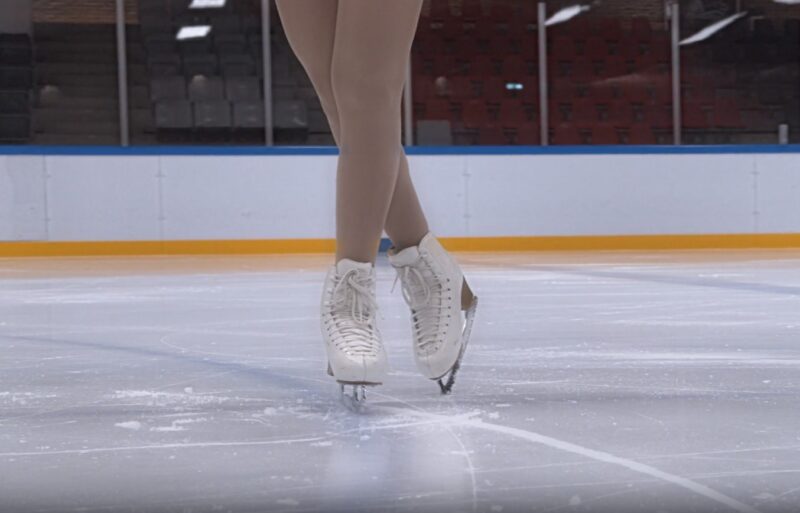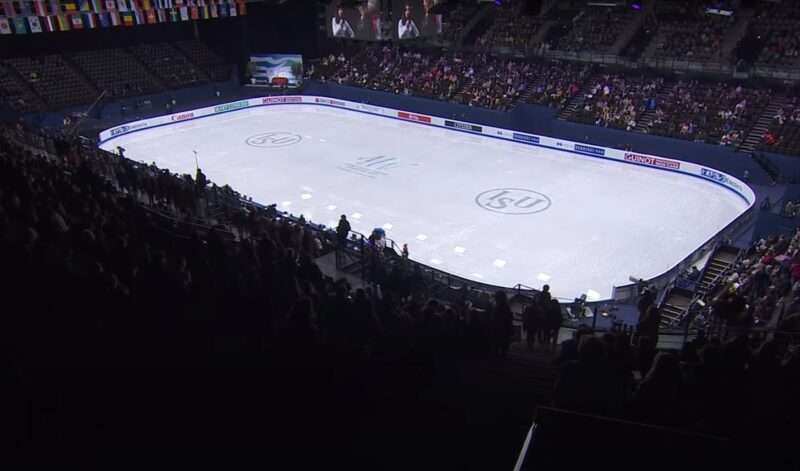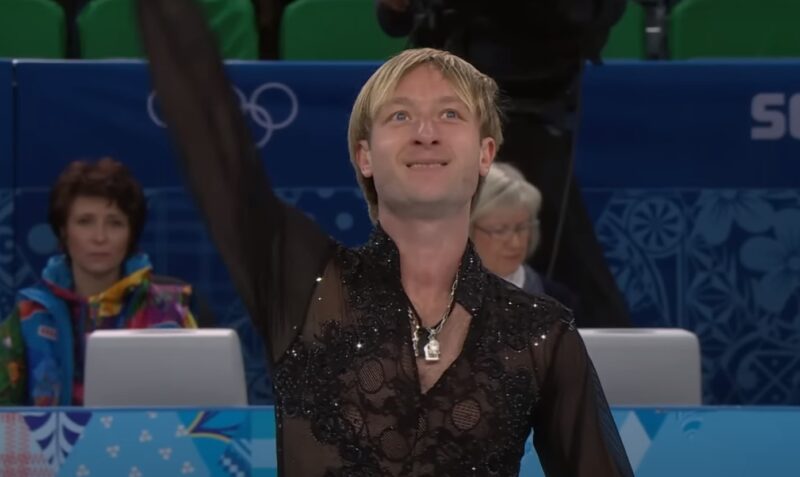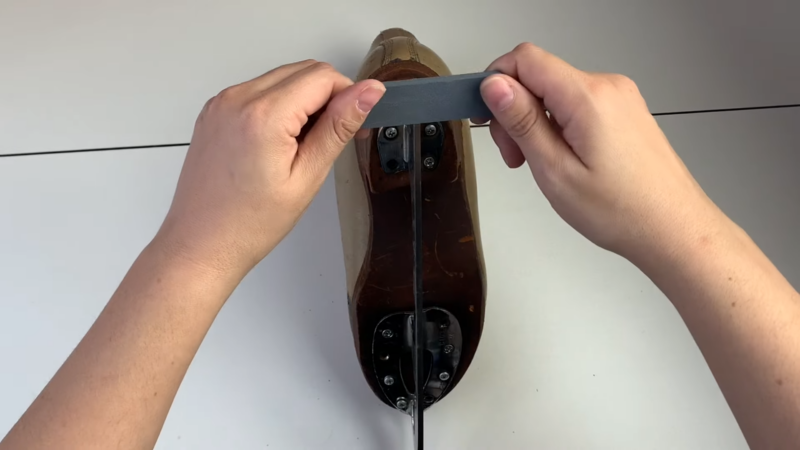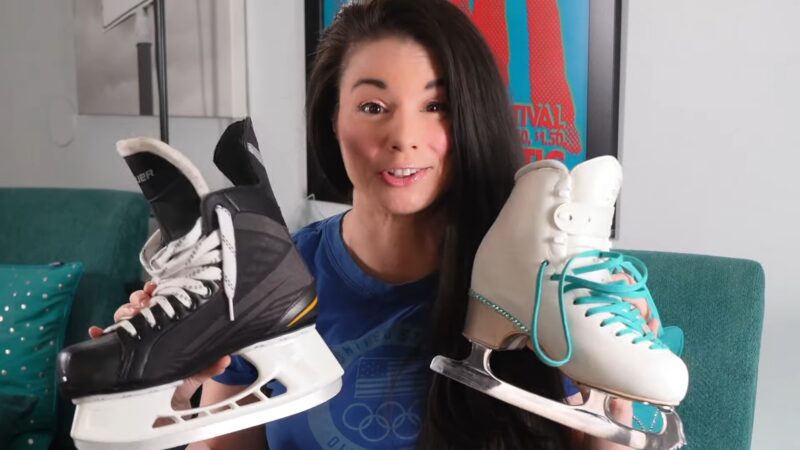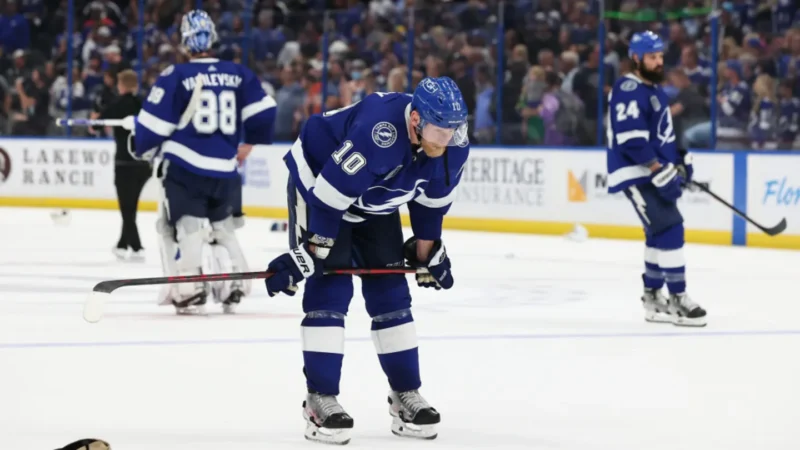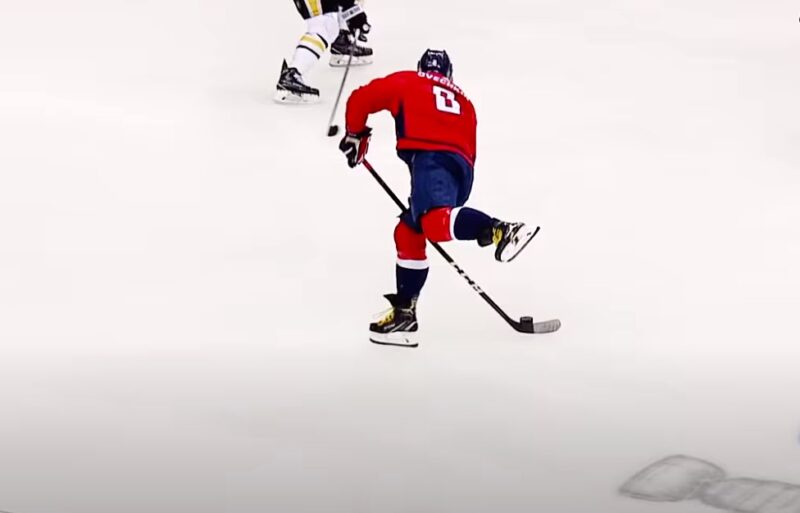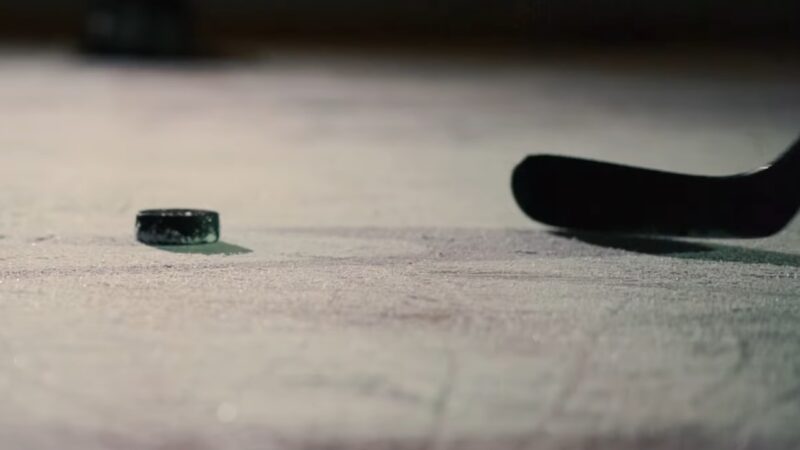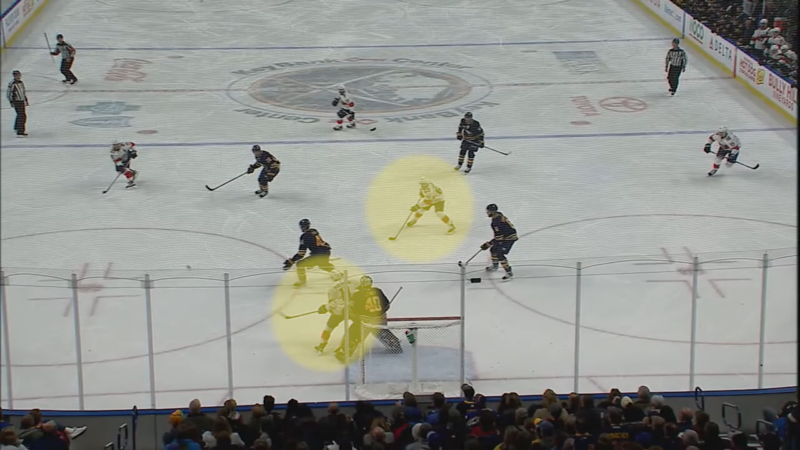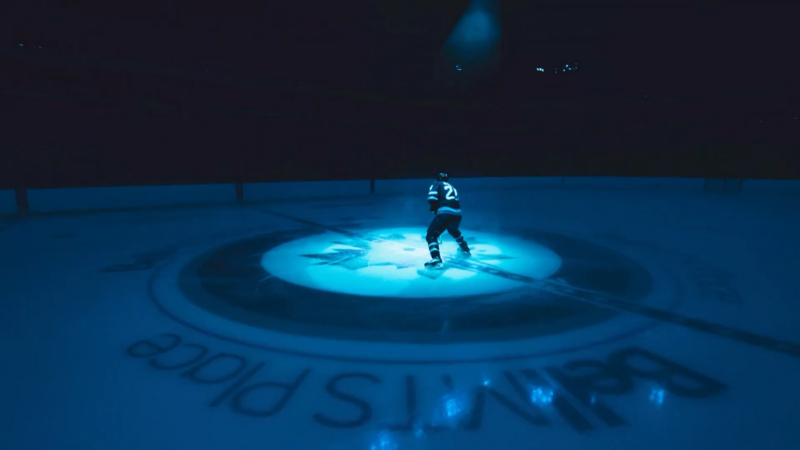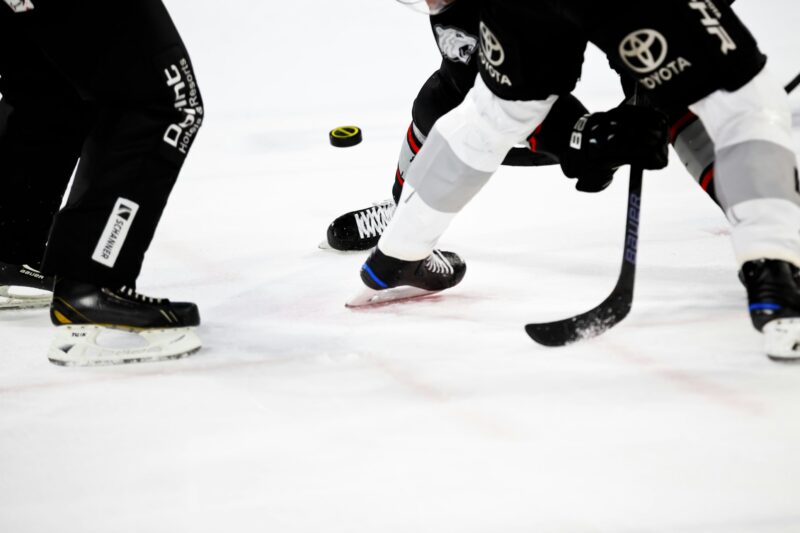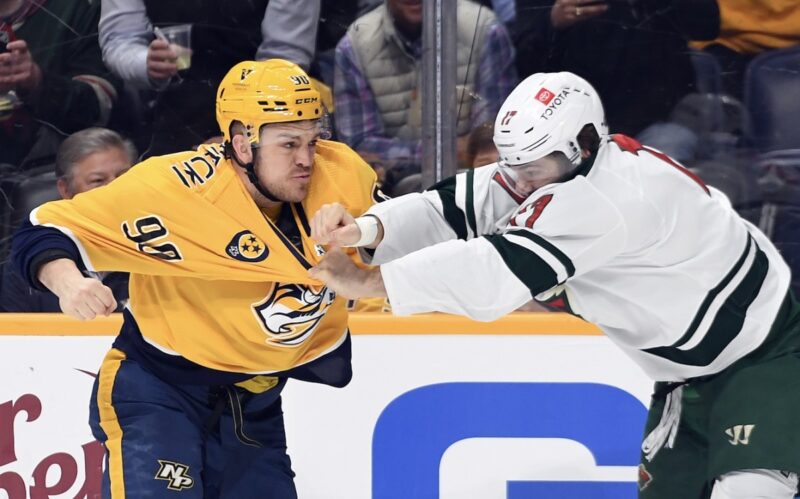
So, you know when you’re watching a hockey game, right? And out of nowhere, gloves hit the ice, and it’s go time for a couple of players. The first time I saw it happen, I was like, “What’s going on? Is this for real?” It’s wild because the refs just kind a hang back and let it happen. It threw me for a loop, not gonna lie, but man, it was also kind a awesome.
It really got me thinking, why is fighting such a thing in hockey? Is it actually part of the game?
So, let’s explore this whole deal about hockey fights and see what’s up. Because let’s face it, what’s a game of hockey without some donnybrook, right?
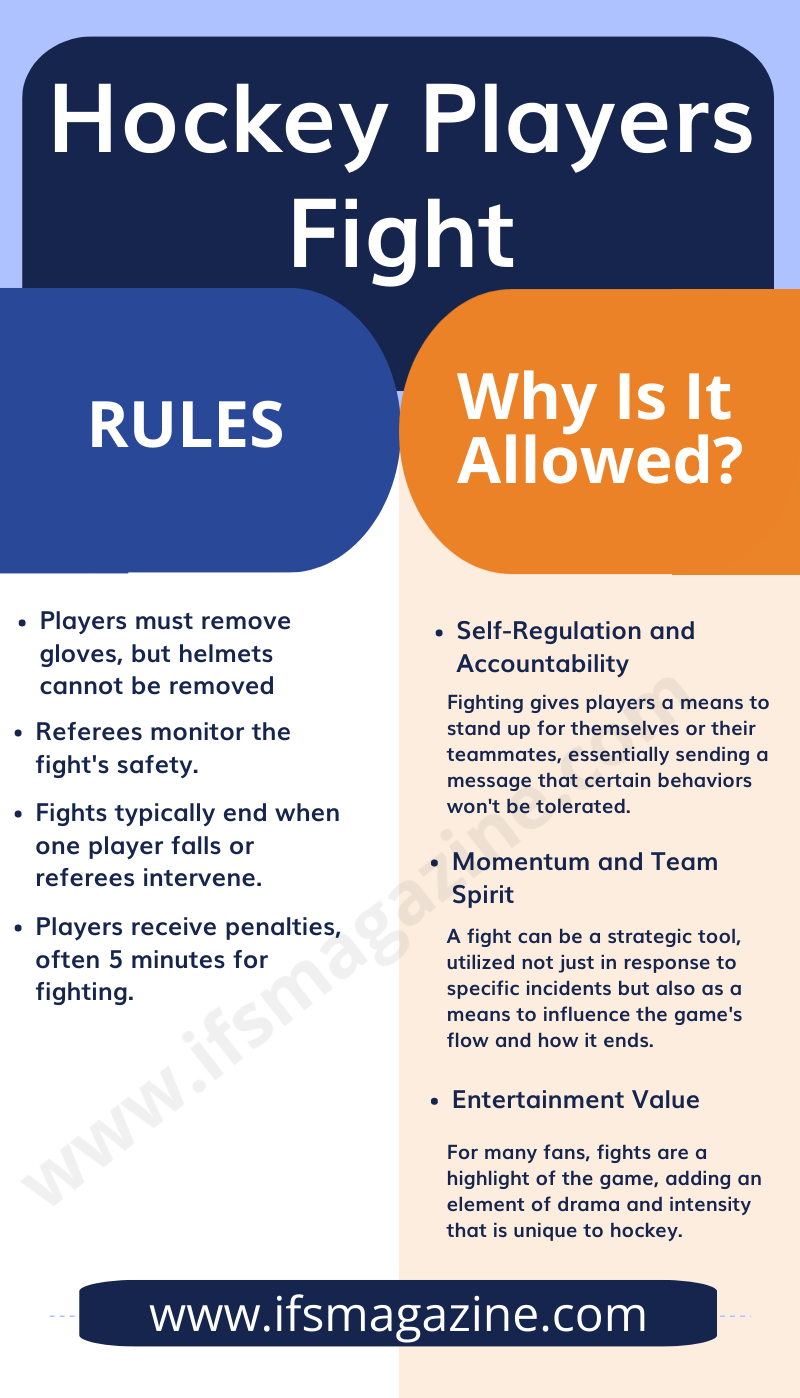
What Are the Rules?
The Instigator Rule
In hockey, a fight usually results in a five-minute major penalty for the involved players, allowing them to return to the game once their penalty time has elapsed. This rule includes additional penalties beyond the standard five-minute major, such as a two-minute minor for instigating and a ten-minute misconduct penalty.
This contrasts sharply with the harsher consequences in other sports. The NHL’s rulebook contains specific guidelines for fighting, aiming to maintain a balance between allowing players to settle disputes and ensuring the game’s safety and integrity.
Referees play a crucial role in this balance. In general, their performance affects many things (including their own salary). They permit fights to occur within the framework of the rules, stepping in only when necessary to prevent situations from escalating dangerously.
Specific regulations are in place regarding how players can engage in fights:
- Players cannot remove their helmets to fight, as doing so increases the risk of injury. Violating this rule results in a penalty for unsportsmanlike conduct.
- The league imposes penalties for instigating fights and for players who intervene as a third party in an ongoing fight.
- The referees have the discretion to impose additional penalties based on the fight’s circumstances, such as misconduct or game misconduct penalties if the situation warrants.
Can a Player Be Ejected from The Game for Fighting?
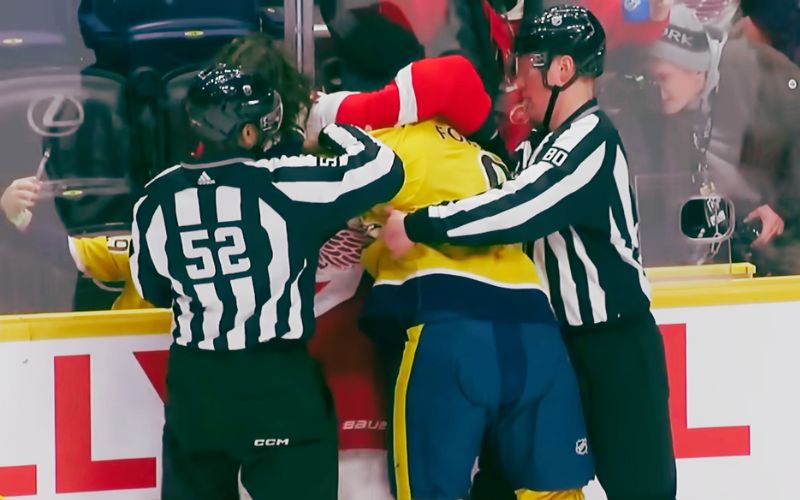
A player can be ejected from the game for fighting if they receive a game misconduct penalty in addition to the fighting major. This usually happens if the player has violated other regulations during the fight, such as starting the fight after a stoppage of play or being involved in multiple fights in the same game.
What About the Goalies?
Goalies rarely engage in fights, but when they do, they are subject to the same penalties as players, including the five-minute major for fighting. Additionally, it’s a rare sight that often electrifies the crowd and can lead to additional penalties depending on their involvement.
Why Is It Allowed?
1. Self-Regulation and Accountability
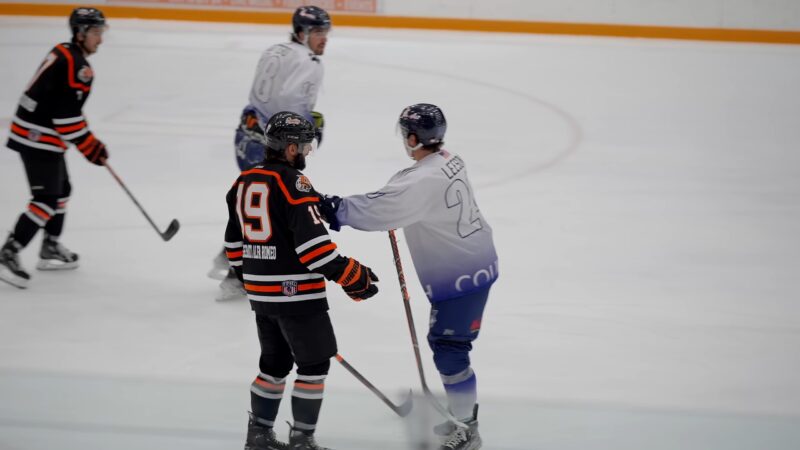
The tradition of fighting in hockey serves as a unique mechanism for maintaining order and fairness on the ice. Unlike most other sports, like basketball for example, where referees and officials are solely responsible for disciplining players, hockey’s culture of fighting enables players to take matters into their own hands, to an extent.
This aspect of the game, where players are allowed to respond to perceived injustices through fighting, is rooted in the sport’s history and continues to be a significant part of its identity. Fighting as a form of self-regulation stems from the game’s fast-paced and physical nature.
Hockey is a sport where split-second decisions can lead to actions that players may view as crossing the line, whether it’s an illegal hit that escapes the referees’ notice or repeated targeting of a team’s key player without sufficient penalization.
In these instances, fighting gives players a means to stand up for themselves or their teammates, essentially sending a message that certain behaviors won’t be tolerated. The underlying belief is that this ability to retaliate helps deter players from engaging in reckless behavior, promoting a sense of accountability among players.
2. Momentum and Team Spirit
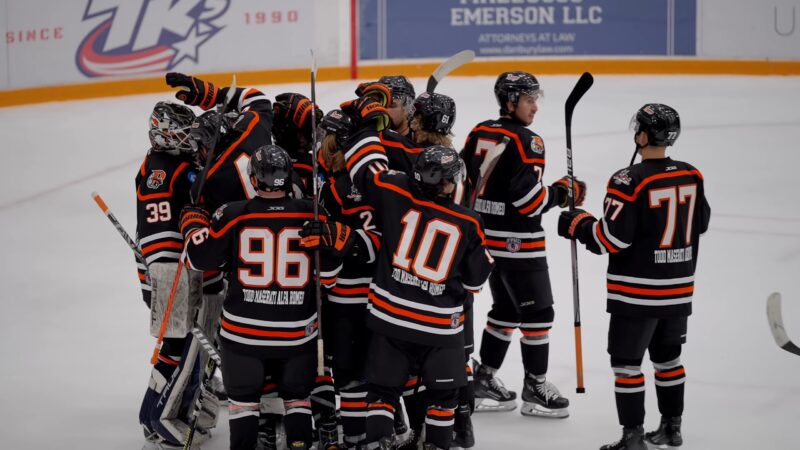
Beyond its role in self-regulation, fighting has a profound impact on the dynamics of a hockey game. A fight can be a strategic tool, utilized not just in response to specific incidents but also as a means to influence the game’s flow and how it ends.
A well-timed fight can serve as a catalyst for change, rallying a team from behind or disrupting the opposing team’s momentum. This shift can be psychological, boosting the morale of a team that might be trailing or struggling to find its rhythm.
The impact of a fight on team spirit is palpable. It can unify a team, with players often citing fights as turning points in games where they feel a renewed sense of purpose and unity. This unity is not just felt by the players but can also sweep through the crowd, altering the atmosphere of the arena.
The energy a fight introduces can galvanize fans, creating a home-ice advantage that teams can harness.
3. Entertainment Value
For many fans, fights are a highlight of the game, adding an element of drama and intensity that is unique to hockey.
These moments of raw emotion and physicality capture the attention of those in the arena and watching from home, often becoming the subject of discussion and replay in the aftermath of games.
However, the entertainment value of fighting in hockey is subject to debate. While some fans appreciate the excitement and tradition it brings to the game, others view it as a dangerous and unnecessary component that detracts from the sport’s skill and athleticism.
Despite these differing viewpoints, the fact remains that fighting has a significant impact on the game’s appeal to a segment of its fan base. Broadcasters and media outlets frequently highlight fights, underscoring their role in marketing and promoting the sport.
These moments are often replayed and analyzed, contributing to the narrative of rivalry and competition that is central to sports entertainment.
To Sum It Up…
The allowance of fighting in hockey is a complex issue, rooted in tradition, governed by specific rules, and wrapped in ongoing debate. It serves multiple roles within the sport, from enforcing a unique form of justice on the ice to providing strategic advantages and entertaining fans.
As the NHL continues to evolve, so too will the conversation around fighting, balancing the sport’s physical heritage with the modern emphasis on safety and sportsmanship.
Related Posts:
- How Fast Can Hockey Players Skate? - Average Player…
- Unbreakable Dreams: 4 Best Players to Never Win the…
- The Thrill of the Ice: Navigating Sports Betting in…
- Hockey Skates vs. Figure Skates - What is the Difference?
- How Long Is the Average Hockey Game? - Puck Drops,…
- What Is Offsides In Hockey And How It Is Shaping The Game?



